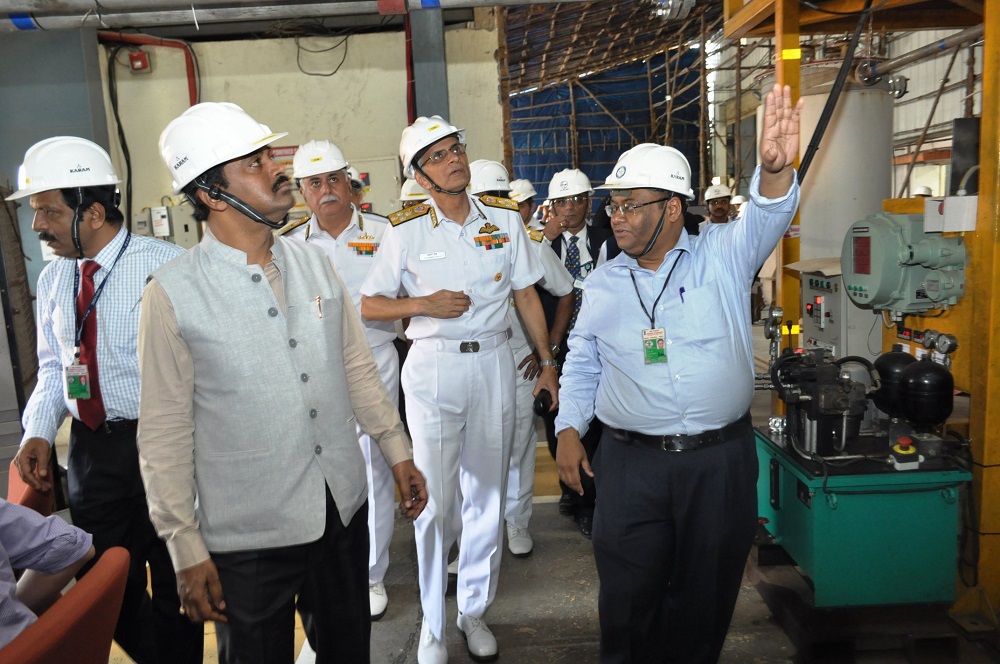Indigenous AIP Technology Now Fully Developed And Tested By DRDO

In a major boost to our Naval power, DRDO has now developed and fully tested our own AIP technology thus joining US, France, China, UK and Russia who have this key technology. The DRDO’s AIP technology is based on a Phosphoric Acid Fuel Cell. The fourth and fifth Kalvari class submarines, namely Vagli and Vagshir will be fitted with this. They are likely to be commissioned by 2023 end.
The AIP design was tested on land in Mumbai on Monday night, the last of a series of tests. AIP-fitted submarines remain sub-surface for a longer period and are quieter than even nuclear-powered submarines. The Indian Navy now plans to retrofit its Kalvari, Khanderi, Karanj and Vela with AIP during their first major repairs. INS KALVARI is expected to go to dry Docks around 2025, with other three following it, one by one as per due dates.
Dr G Satheesh Reddy, Chairman DRDO and Secretary, Department of Defence R&D said “When the boat comes up for retrofitting in 2025, it will be fitted with the indigenous AIP which has been made in India by DRDO and Indian industry.”
The Defence Research and Development Organization (DRDO) conducted the final development test of Air Independent Propulsion (AIP) in Mumbai a major step that will make Indian submarines more lethal. AIP allows a submarine to be submerged for longer periods under water and makes the sub-surface platform more deadly by making it quieter than a nuclear submarine.
The 1,615 ton INS KALVARI submarine was built by Mazagon Dockyards Limited in collaboration with French Naval Group and is based on Scorpene design. INS KARANJ, third of the class, is expected to be commissioned tomorrow. INS KHANDERI has already been commissioned and VELA should be joining by end of the year.
The AIP or marine propulsion technology allows non-nuclear submarines to operate without access to atmospheric oxygen (through snorkel or surfacing) and augments the diesel-electric propulsion system of attack submarines. This means that the AIP fitted submarine does not have to surface for charging its batteries and remains underwater for long periods. The AIP is retrofitted into existing submarine hulls by adding an additional hull section. The AIP equipped submarines are identified as SSP while classic diesel attack submarines carry the SSK classification.
While the nuclear submarine generates noise due to the ship’s reactor constantly pumping coolant to maintain temperatures of the engine, the AIP-equipped submarine maintains a lethal silence. The new technology will add to lethality of Indian submarines, which also take advantage of internal refraction in equatorial waters due to differences in temperatures on the surface and within the ocean.
The DRDO’s AIP technology has also got a thumbs up from the French, who were in touch with the Indians in the context of Kalvari class manufacturing. Despite urgent requests, the French have decided not to upgrade the Pakistani Agosta 90 B submarines with AIP technology, forcing Islamabad to either go to China or Turkey.



